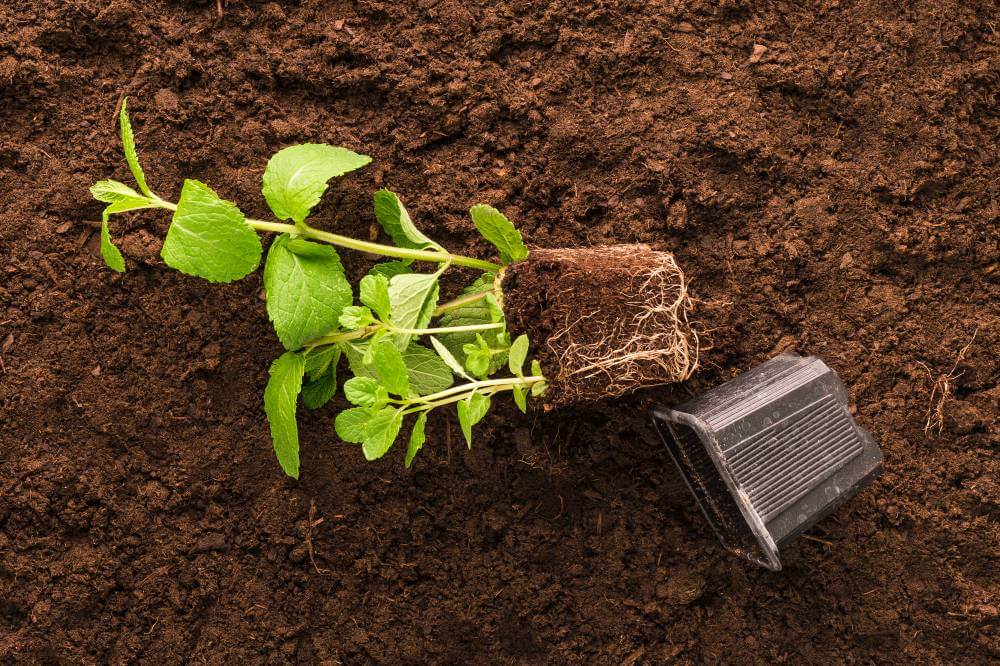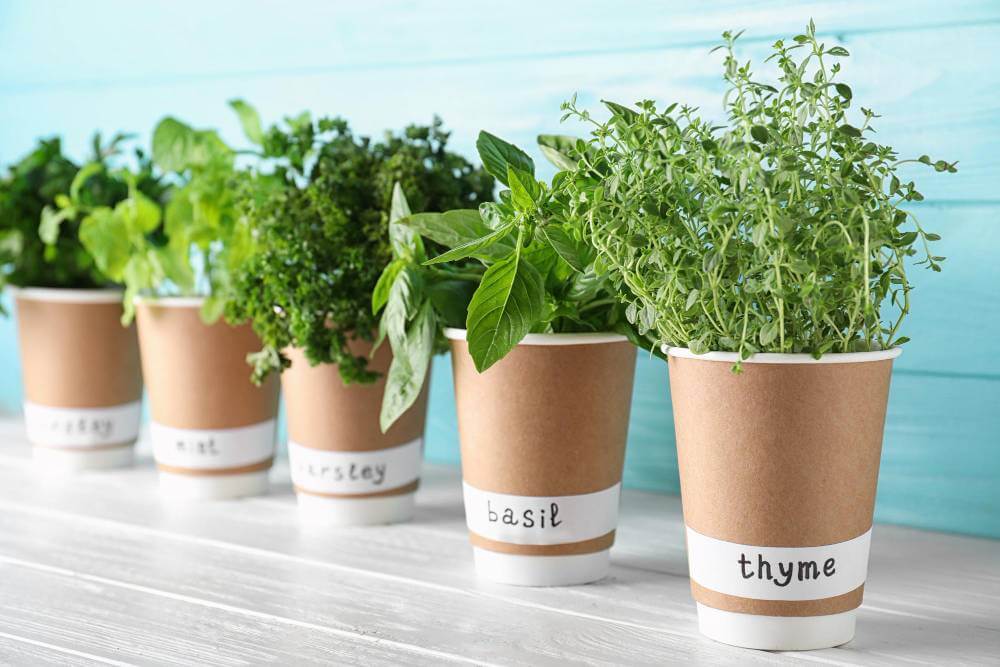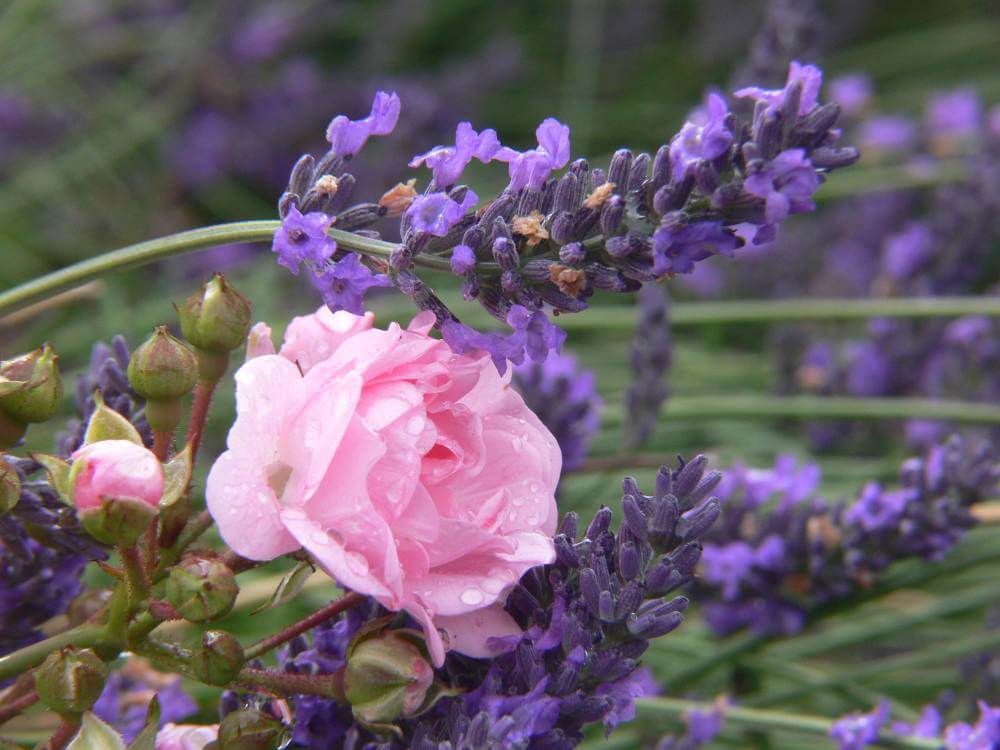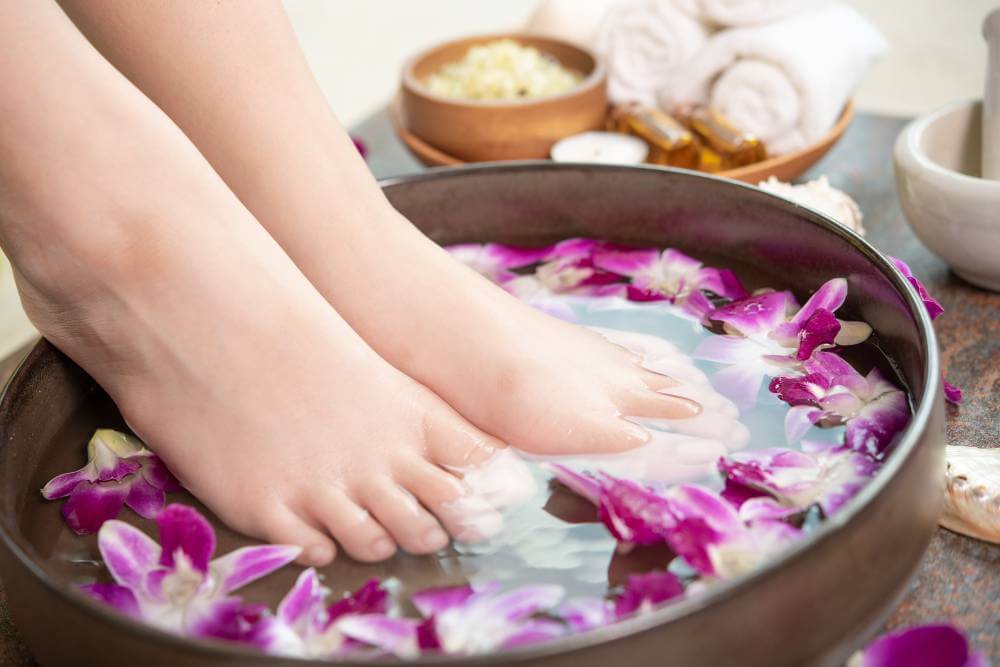Welcome to our verdant oasis, where we cultivate herbs with love and a sprinkle of humor. Today, I’m excited to unveil my foolproof strategy for herb planting throughout the year. Let’s embark on this flavorful journey together!
Spring Sprouts: March to May
Spring – a time of rejuvenation and new beginnings. As the sunshine begins to warm the soil, it’s the perfect opportunity to kickstart your herb garden. Hardy herbs like basil, chives, and parsley eagerly await their chance to bask in the sun and stretch their green tendrils. However, before you begin planting, take a moment to assess the condition of your soil. Spring rains and melting snow can sometimes lead to compacted or waterlogged soil, which may hinder root growth and nutrient uptake. Consider amending your soil with organic matter, such as compost or aged manure, to improve drainage and soil structure.
While spring offers optimal conditions for herb growth, beware of late frosts that can nip tender seedlings in the bud. Consider starting seeds indoors or protecting outdoor plants with row covers to ward off unexpected chills. With proper care and attention, your spring herb garden will flourish in no time!
Here is a list of herbs that can be suitable for spring planting: Basil, Chives, Cilantro, Dill, Fennel, Lavender, Mint, Oregano, Parsley, Rosemary, Sage, Tarragon, Thyme, Lemon Balm, Marjoram, Sorrel, Chervil, Lovage, Borage, Catnip. Keep in mind that regional climates and specific growing conditions might affect the suitability of certain herbs.
Summer Sizzle: June to August
Summer brings with it a symphony of heat and sunshine – a veritable paradise for herb gardeners. Heat-loving herbs like rosemary, thyme, and oregano thrive in balmy temperatures, their flavors intensifying under the sun’s golden gaze. Before you dive into planting, take a moment to assess the condition of your soil. Summer heat can accelerate evaporation and leaching, leading to dry, depleted soil. Consider adding a layer of mulch around your herbs to help retain moisture and regulate soil temperature. Additionally, incorporating organic matter into the soil can improve its water retention and nutrient-holding capacity, ensuring your herbs have everything they need to thrive in the summer heat.
Also, note that with great sunshine comes great responsibility – be diligent about watering your herbs to prevent wilting in the heat, and consider providing afternoon shade for delicate varieties. With a little TLC and a lot of sunshine, your summer herb garden will be the envy of the neighborhood!
Here is a list of herbs that you can also consider planting during the summertime: Chamomile, Lemon Verbena, Stevia, Sweet Marjoram, Anise, Hyssop, Lemongrass, Summer Savory.
Fall Foliage: September to November
Ah, the crisp air and vibrant foliage of fall – a season of transition and preparation. As the days grow shorter and temperatures begin to cool, it’s time to turn our attention to the autumnal herb garden. While some herbs may start to wind down their growth in anticipation of winter, others, like sage, thyme, and rosemary, thrive in the cooler weather. Before planting, it’s crucial to tidy up your garden beds, removing any spent plants or debris that may harbor pests or diseases. This will create a clean slate for your new additions and help prevent potential issues down the line.
Additionally, consider replenishing the soil with a layer of mulch to insulate roots against upcoming frosts and conserve moisture during dry spells. While fall heralds the end of the growing season for many plants, it’s also an opportune time to sow seeds for next year’s harvest. Cool-season herbs such as cilantro and dill can be sown directly into the ground for a head start on spring growth. With thoughtful planning and a bit of foresight, your fall herb garden can be just as abundant and rewarding as its spring counterpart.
Winter Wonders: December to February
Even during the cooler months, California’s mild winters offer opportunities for herb gardening. Hardy varieties like sage, thyme, winter Savory, and mint persist through the chillier days, demonstrating nature’s resilience. Before planting, assess the condition of your soil. Winter rains and occasional frosts can lead to compacted or waterlogged soil, which may hinder root growth and nutrient uptake. Consider incorporating organic matter, such as compost or well-aged manure, into the soil to improve its structure and drainage.
Additionally, applying a layer of mulch around your herbs can help insulate the soil and protect roots from freezing temperatures. In regions with harsher winters and even snow, such as northern states or countries with colder climates, herb gardening requires additional precautions. Protective measures like covering tender herbs with row covers or cloches are essential to shield them from frosty temperatures.
Consider planting herbs in containers that can be brought indoors during particularly harsh weather, ensuring they stay cozy and protected. With careful planning and a touch of ingenuity, your winter herb garden can thrive despite the frosty conditions, no matter where you are!
Summary: Your Year-Round Herb Garden Adventure
Mastering the art of when to plant your herb garden is all about embracing the unique characteristics of each season. By following a year-round planting plan, you’ll enjoy a bounty of fresh flavors and fragrances throughout the year. If you found this post helpful, be sure to check out our other blog posts for more herb gardening tips and inspiration. Happy planting!







